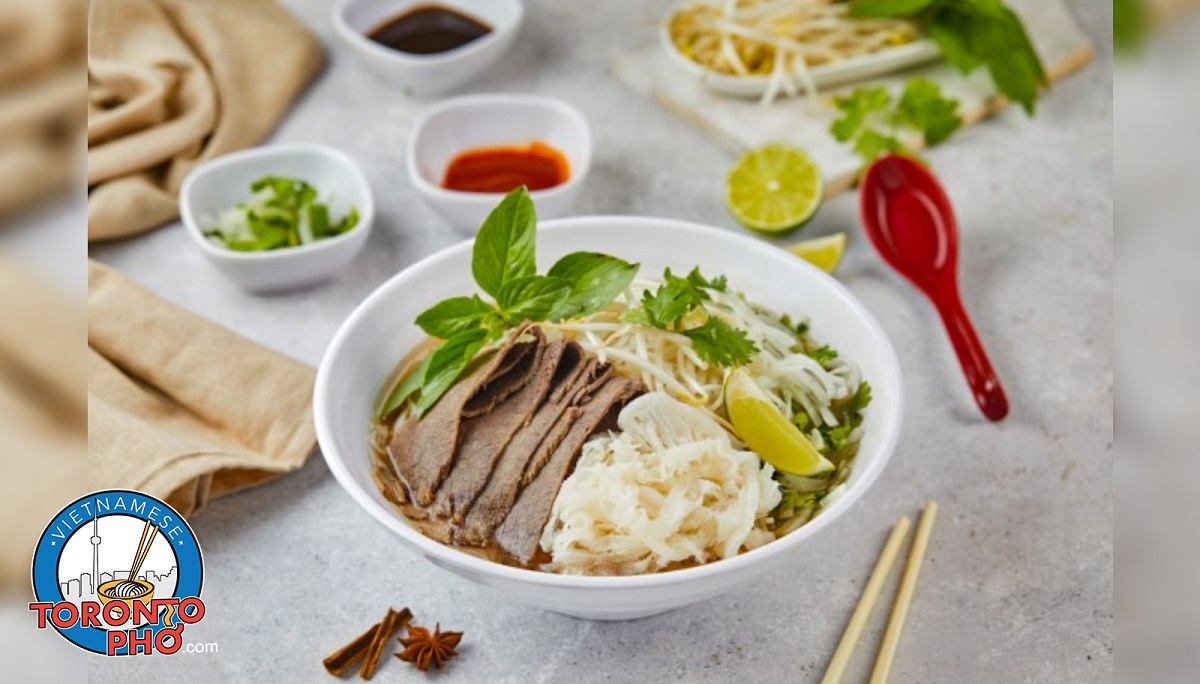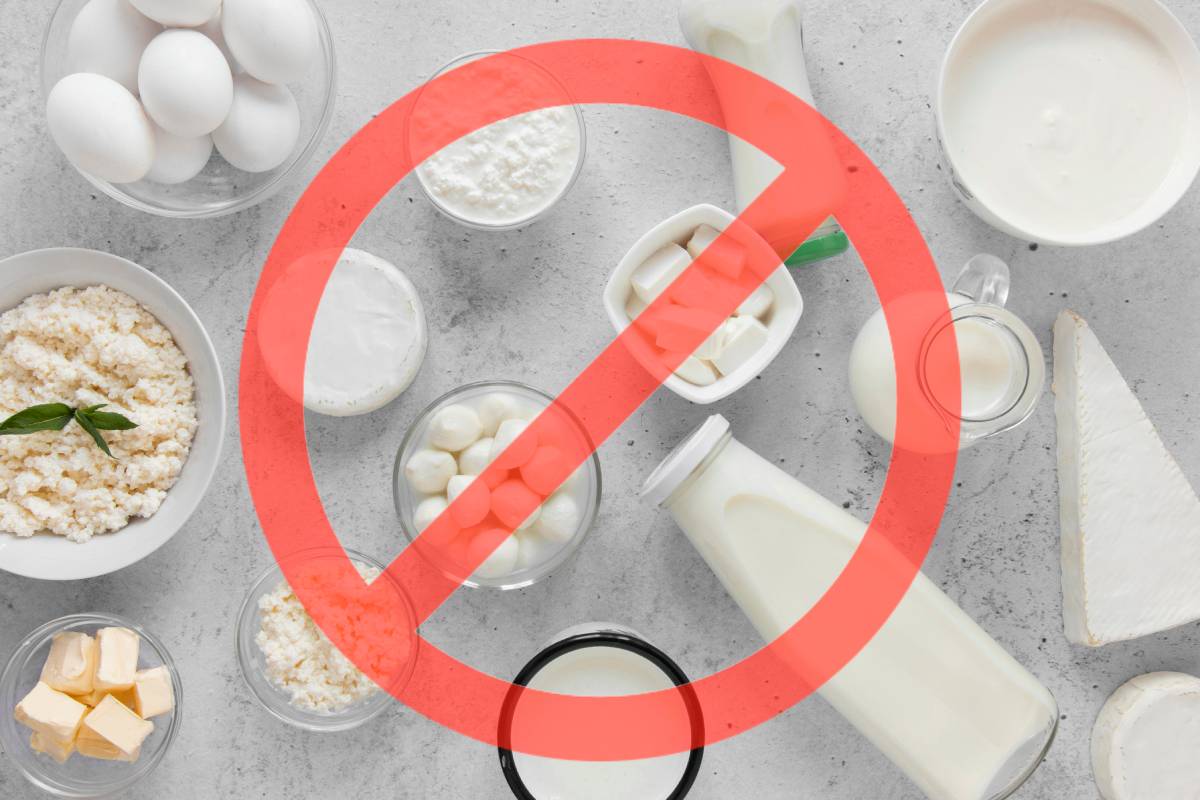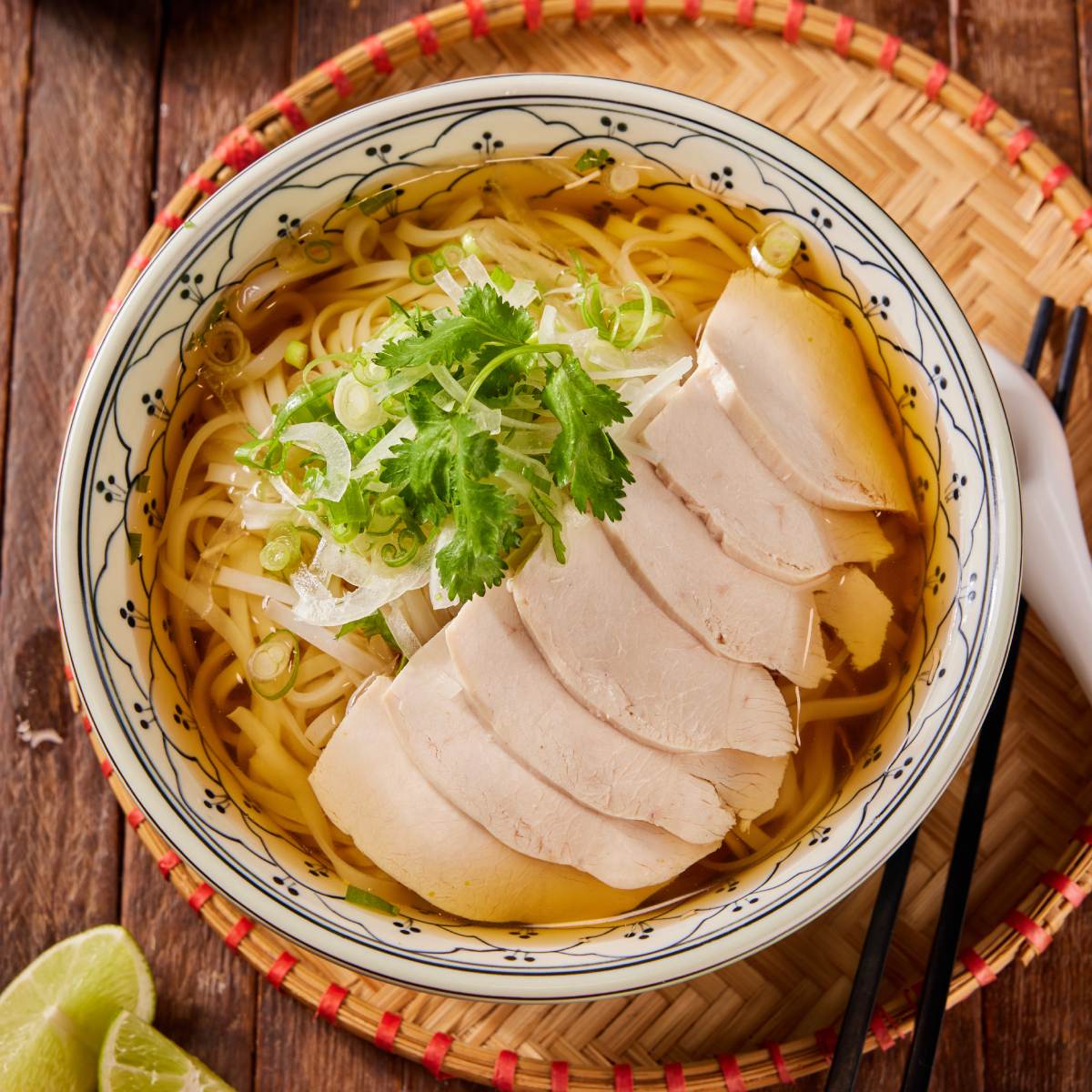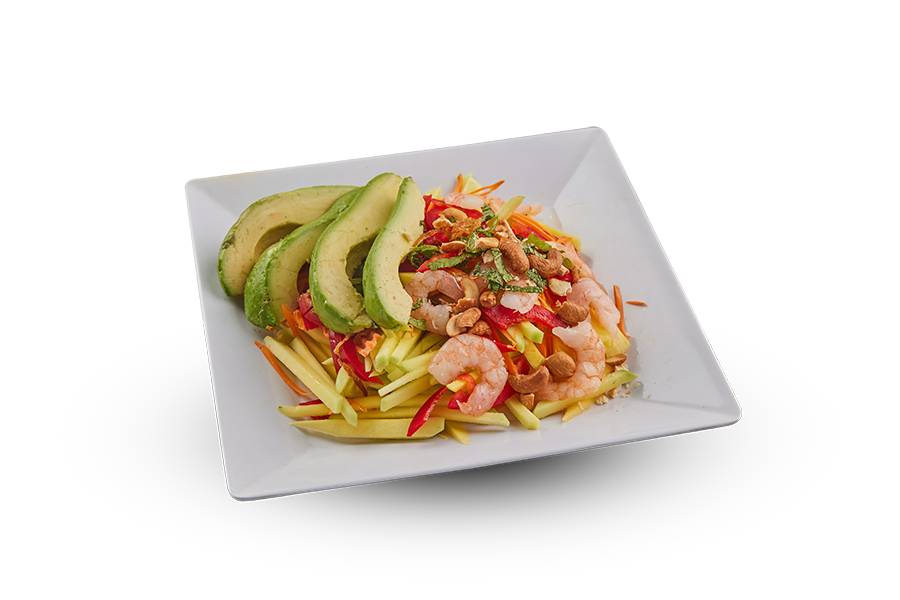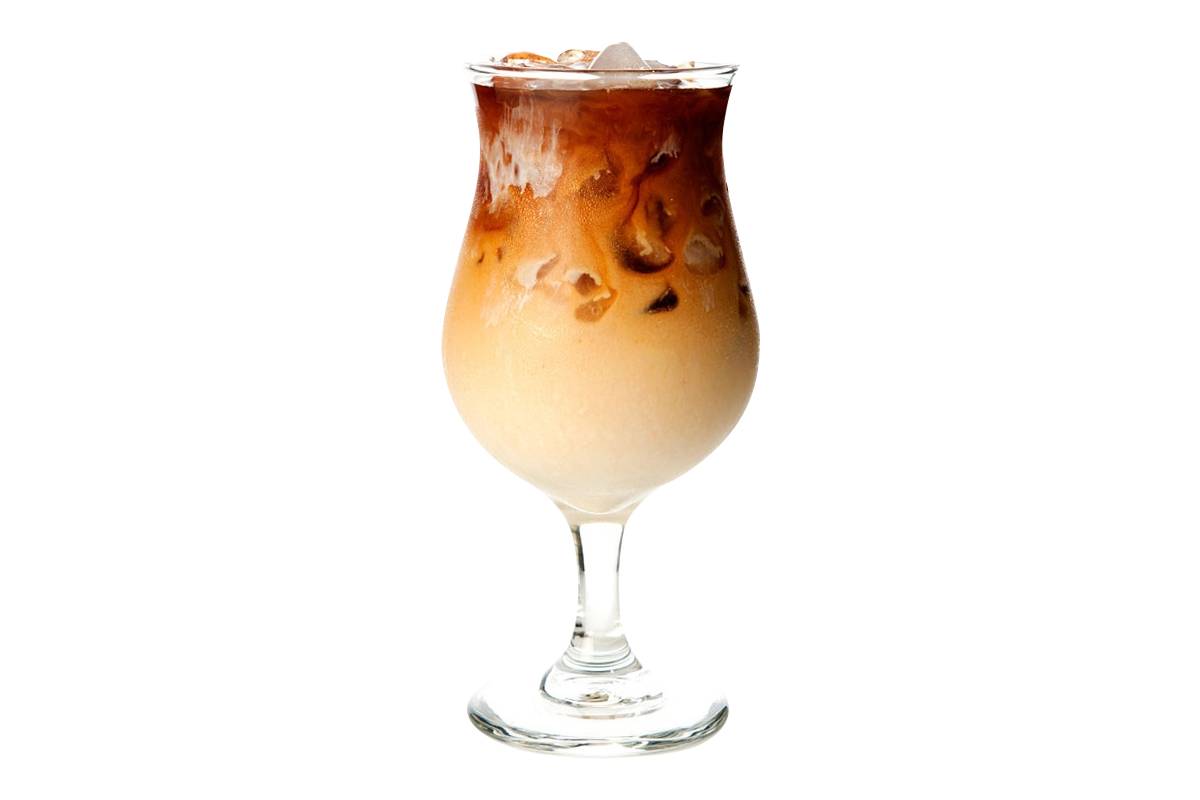A world-record holder, Vietnamese cuisine has now earned five new records! As fans of Vietnamese eating continues to rise, homegrown traditionalists can be proud of this new recognition.
The uniqueness of Vietnamese eating distinguishes it from its neighbouring counterparts in Asia. Though elements of Japanese, Thai, Chinese, Malaysian, and even French cuisine exist in Vietnamese, this type of cooking and the ingredients they use are entirely Vietnam-specific.
Without further ado, let’s take a deep-dive into the world records Vietnamese cuisine was awarded by the World Records Union earlier this year.
The Most Dishes Made From Flowers
We don’t hear much about it in Canada because edible flowers aren’t a particularly popular ingredient but there are many types of flowers that can be eaten and which produce outstanding flavors.
In Vietnamese cuisine, we have more than 270 dishes crafted from edible flowers. This is a world record no other country comes close to duplicating. Perhaps due to the lack of oil used in Vietnamese cooking and the focus on all-natural, fresh ingredients, flowers are a go-to in commercial kitchens across the country.
Some of the most popular Vietnamese edible flowers used are Tonkin Jasmine, Cork, Sesbania Sesban, shallots, daylily blossoms, lilies, cynanche, squash blossoms, chopstick flowers, banana blossoms, pumpkin flowers, sadao flowers, fig flowers, telosma cordata, loopah flowers, and others.
Flowers like these are used in dishes like brothy beef soups and stews as well as salads. Occasionally, they are mixed with herbs and spices although not often as the delicate taste of flowers is often lost when it comes to be cooked alongside these partners.
As mentioned, edible flowers aren’t popular in Canada but consumer behaviours are always changing. They’re a low-calorie method of changing the way a food tastes, not using fats or calorie-heavy oils to do so which is common in American cooking.
The Most Kinds of Special Rolls
Vietnamese cooking offers dozens of different roll types, the most popular being spring and summer rolls. Altogether, there are more than 100 special roll recipes in traditional Vietnamese cuisine.
In Canadian eating, rolls are a favourite Asian eat. You can order Vietnamese spring and summer rolls as your appetizer and rely on them as such.
A roll wraps healthy vegetables and hearty protein in a handy essential. Like tortillas are to Latin eating, rice rolls in Vietnam are a central part of the cuisine. Here are some Vietnamese roll types you may or may not know about.
- Goi Cuon, aka traditional spring rolls, are filled with boiled shrimp, thinly sliced pork, vermicelli, cucumber, shredded lettuce, cilantro, sprouts, and fresh herbs. It is usually dipped in peanut butter sauce.
- Dau Hu Cuon is a vegetarian-inspired interpretation of the spring roll. It uses fried tofu protein in the place of meat. These can be marinated in different frying concoctions. Common ingredients in vegetarian rolls include mango, carrots, and cucumber.
- Bi Cuon, aka summer rolls, are filled with shredded pork, lettuce, and herbs. It is a celebratory roll that’s meant to be dipped in fish sauce.
- Bo Nuong Cuon, aka autumn rolls, are a grilled meat roll. Choose from grilled beef, grilled pork, or grilled chicken. Inside is also rice vermicelli, lettuce, herbs, and sprouts.
- Nem Nuong Cuon is one of the most popular rolls in Vietnam but not well-known in Canada. It is filled with grilled pork sausage, lettuce, and herbs, often with a fried egg roll wrapper in the middle to add a crunch. Nem Nuong Cuon is matched with its own unique sauce which is commonly a mix of egg, pork, crab paste, sweet rice, and garlic.
The Most Strand and Broth Dishes
Broths and strand dishes are no stranger to fans of Vietnamese food. Pho, after all, is the most popular Vietnamese dish of all-time and is enjoyed by millions of people worldwide daily. Altogether, Vietnamese cuisine has more than 160 strand and broth dishes – now a world record!
Each region of Vietnamese has its own way of preparing strand and broth dishes. All use the freshest ingredients, emphasize herbs and vegetables, and create a variety of textures in their dishes.
In North Vietnam, it’s a cold climate. Spices aren’t easily grown here which is why north Vietnam’s strand and broth are less spice-heavy. The tastes aren’t so bold but the ingredients are always fresh.
Comparatively, central Vietnam is known for its spices. Its stand and broth dishes are colorful, complex in taste, and are perhaps the most diverse in terms of presentation and taste.
Further down in southern Vietnam, the conditions are ideal for growing fruits, vegetables, and livestock. Their strand and broth dishes are very vibrant, flavorful, sweet, and are very full. Garlic, shallots, and fresh herbs are used frequently to add to taste.
All of these approaches have led to some amazing varieties of Vietnamese pho. No one does strand and broth dishes like Vietnamese cuisine, and that’s probably why this is where the world record belongs.
Most Kinds of Salted Fish
Vietnam has the most kinds of mam, aka salted fish, in the world. There are more than 100 Vietnamese cuisine dishes that use salted fish in this way.
There is an abundance of fish near Vietnam. It’s been a key source of protein that has fed generations.
A common way of using salted fish in Vietnamese cuisine is to combine it with fried rice and steamed vegetables.
Particularly in the south, dried and salted fish is incredibly popular. Numerous family recipes circulate as well as street vendors who specialize in it.
Common additions to salted fish include soy sauce, coconut soda, fish sauce, red chili powder, garlic, ginger, white sugar, black pepper, green onion, and more. More than beef, pork, or chicken, fish is the go-to protein in the average Vietnamese diet.
The Most Dishes Made From Rice Flour
The beautiful thing about Vietnamese cuisine is that it is low in sugar and almost always gluten-free.
The majority of dishes use rice instead of wheat. Rice noodles are a great example. They’re completely gluten-less. Rice papers and rice flour are also Vietnamese-made gluten-free alternatives to wheat.
Rice has been growing in Vietnam for centuries. When the country was under French rule, the influence of French cuisine overtook a lot of the cooking but even then, rice flour was always applied in adapted recipes compared to wheat.
There are more than 140 rice flour dishes in the pantheon of Vietnamese cooking. From hearty breakfast pancakes to lunch sandwiches and dinner plates, rice flour is used throughout Vietnamese cuisine in so many key ways.
In Vietnamese restaurants in Toronto, rice flour is a common ingredient. Thanks in large part to healthy eating and the gluten-free movement, there’s been more interest in rice flour as an alternative to wheat.
Why is Vietnamese Cuisine So Diverse?
In Vietnamese cuisine, there’s a little of everything. You have fresh ingredients from farms. Japanese, Chinese, Indian, Thai, and neighbours all have shared ingredients and recipes with Vietnamese families.
There’s a history of French colonialism in the Vietnam region as well. The French brought a variety of French cuisine favourites, adapting them alongside the availa
On top of the part that these ethnic and national cultures have to play, there are also gluten-free, vegetarian, and low-calorie dishes naturally incorporated into Vietnamese cuisine. All in all, everyone has a seat at the table in Vietnamese cooking and there are things on the menu for anyone with an appetite.
From Vietnamese pho to rice dishes, if you’re on the lookout for high-quality, authentically-prepared Vietnamese cuisine in the GTA, TorontoPHO is the place. An incredibly diverse way of eating, find healthy, low-calorie options hot, and ready to go. Browse the menu! Bring a friend! For all food lovers, fill your bellies with something nice this fall. Order online or drop by for a visit.
Looking for Pho near me? Look no further, Toronto Pho is a family-owned restaurant serving the best pho and late night eats. With 4 locations across Ontario, we offer fast delivery and online ordering for pickup or delivery through our easy to use app available for both Android and iPhone smart phones.

